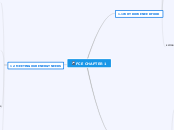by Tegan Alchin 2 years ago
184
neurology
Neurological conditions such as multiple sclerosis, stroke, Huntington's disease, and Parkinson's disease significantly impact an individual's ability to perform daily activities, including obtaining and consuming food safely.









